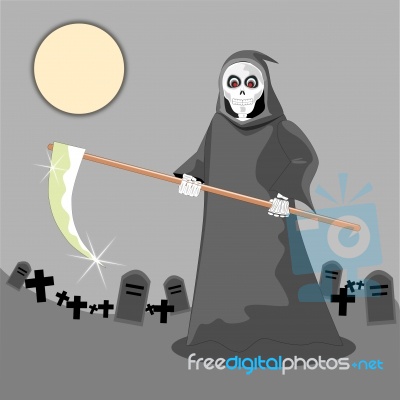I’m currently hard at work revising my third novel and outlining my fourth. Lately, when I’ve told anyone I’m a writer it seems every other person asks me, “Are you participating in NaNoWriMo?”
I have to admit, I feel a bit guilty when I tell them No. I go on to explain that, before I wrote three novels, I wrote a history book that took me several years to write, and each of my novels requires about a year of my time to complete. Some find that remarkable, perhaps because they’re surprised that a geologist by day creates fictional characters at night, or perhaps it’s because I don’t do it in thirty days.
Anyone who completes—or even gives a wholehearted attempt toward writing—the first draft of a book-length manuscript deserves resounding applause. It’s a difficult task to develop important story questions that pique a reader’s interest, create a rounded character, instill voice, set a visual scene and build tension—and that’s just what’s required on the first page of a good story!
As we roll into November, the chatter among writers about the growing phenomenon of National Novel Writing Month, or NaNoWriMo can put undue pressure on those of us who have a slower first-draft writing process. NaNoWriMo, in case you aren’t familiar with it, is a challenge in which participants strive to complete the first draft of a novel during the thirty days of November. As impressive and lofty as the challenge sounds, it’s something in which you won’t find me participating.
Why?
Let me tell you about my first draft process—specifically, my first first draft—and you’ll understand my reasons.
After I spent considerable time (years) researching material for my history book, the next logical step (in my mind) was to place all that research into a reasonable format: a Microsoft Word document. I sat surrounded by notebooks, computer printouts, articles, and scraps of paper with scribbled (sometimes indiscernible) quotations I’d copied. It hit me then that I would need to cite these resources. “Where did I read that?” became a familiar wail coming from my office.
As I researched the sources of these quotes and snippets of information, I came across new information, and my mind would springboard to a different idea or topic that required more research. Can you guess where this led me? It led me to more than 1,000 pages of typed information. Single-spaced.
Yes, my first draft—ever—ended up clocking in at over 500,000 words. Five hundred thousand!
My supportive wife—an angel if ever there was one—read every page. She marked typos, pointed out redundancies and offered suggestions. When she returned the tome to me, I was frustrated beyond measure. I’d spent what felt like a lifetime on this project, and now it was covered in red ink!
I needed help. Professional help.
What does a researcher do when they need help? They research a solution, of course, which led me to Inspiration for Writers, Inc., a professional editing service that placed my baby (my first draft) into a caring editor’s arms, and that editor whittled and nurtured and revised my history book into a manageable manuscript that’s currently making the rounds with university presses.
Since then, I’ve branched into fiction, writing a series of political thrillers that make excellent use of all that historical data I spent years collecting. While I still don’t work from an outline, I do work from a focus statement. Writing a focus statement before I begin a novel keeps me centered on the main plot, and keeps my researcher’s brain from straying down a rabbit hole. And yes, I still place each first draft into the arms of my Inspirations For Writers, Inc. team of professional editors.
If you’d told me when I sat down to write that (first) first draft that soon I’d have finished not only a history book worthy of university publication, but that I’d also be the author of a fiction series, I wouldn’t have believed you. But here I am. And it’s only because I did what all writers must do: I sat down, and I wrote.
What is your first-draft process? Do you work from an outline? Do you refer to a focus statement to stay on track? How long does it take you to complete a first draft? And, since it’s November, you know I’m going to ask: are you participating in NaNoWriMo?


